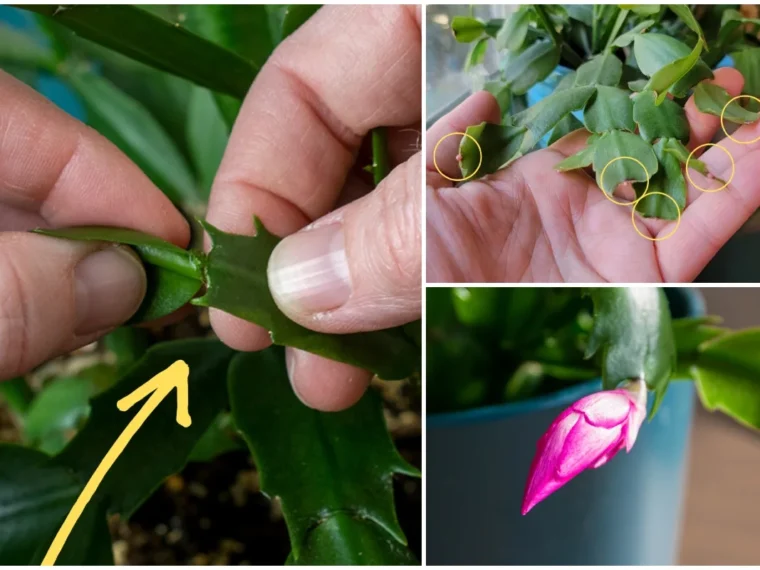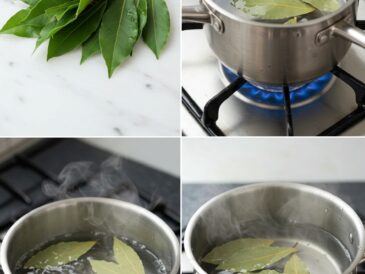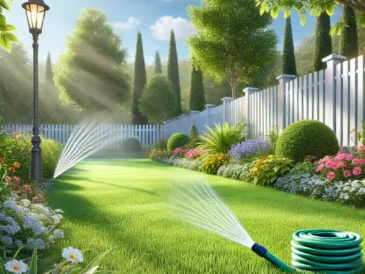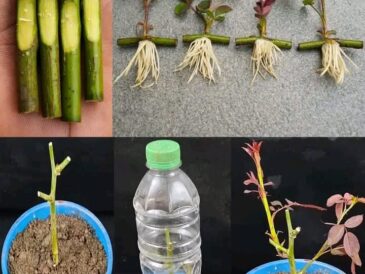5. Ignoring Temperature Requirements
Mistake: Extreme temperature fluctuations or keeping the plant in an area that’s too warm can discourage bud formation. Christmas cacti prefer cooler temperatures during the pre-bloom phase.
Solution: For optimal blooming, keep the Christmas cactus in a room with temperatures between 60-65°F (15-18°C) during the day, and slightly cooler at night. Avoid placing it near radiators, vents, or drafty windows, as these conditions can cause the plant to drop buds or fail to bloom.
6. Skipping the Dormancy Phase
Mistake: Many people keep their Christmas cactus in continuous light and water it regularly throughout the year, which prevents the plant from going into dormancy—a key period for flower production.
Solution: To encourage blooms, let your cactus rest by reducing water and placing it in a cooler area with longer periods of darkness in the fall. This dormancy period should last about six to eight weeks. After the buds have started to form, move it back to its regular location with more light and resume normal watering.
7. Overlooking Proper Fertilization
Mistake: Failing to feed your Christmas cactus or using the wrong fertilizer can lead to poor flowering. Too much nitrogen encourages leafy growth at the expense of flowers, while a lack of nutrients can weaken the plant.
Solution: Feed your Christmas cactus with a balanced, water-soluble fertilizer. Begin feeding once a month during spring and summer with a formula that’s higher in phosphorus (the “P” in the N-P-K ratio on fertilizers), as this supports bud development. Stop fertilizing in the fall as the plant goes into its dormancy phase, then resume light feeding once blooms appear.
Additional Tips for Blooming Success
- Rotate the Plant Occasionally: To encourage even growth, rotate your Christmas cactus every couple of weeks. This ensures each side of the plant receives adequate light.
- Avoid Moving It Once Buds Form: Christmas cacti are sensitive to changes. Once buds appear, avoid moving the plant or changing its light and temperature conditions, as this can lead to bud drop.
- Prune After Blooming Season: After the blooms have faded, trim a few segments off each stem to encourage fuller growth. This will help prepare the cactus for a better bloom cycle in the next year.
- Repot Every Few Years: Christmas cacti don’t require frequent repotting. Every two to three years should be sufficient. Repotting after blooming season and before the growing season is ideal, as this refreshes the soil and provides room for healthy root growth.
Conclusion
The Christmas cactus is a beautiful addition to any home during the holiday season, but it requires a bit of specialized care to ensure it blooms. By avoiding these seven common mistakes—wrong lighting, improper watering, poor soil, lack of humidity, temperature issues, skipping dormancy, and inadequate fertilization—you can create the perfect environment for your Christmas cactus to thrive. With the right attention, you’ll enjoy its stunning, festive blooms year after year.
FAQs
1. How often should I water my Christmas cactus?
Water your Christmas cactus when the top inch of soil feels dry. In the blooming period, keep the soil slightly more moist, but avoid letting it sit in water.
2. Can I use regular potting soil for a Christmas cactus?
It’s best to use a lightweight, well-draining soil mix for succulents and cacti. Adding perlite or sand to regular potting soil can improve drainage.
3. Why are the buds falling off my Christmas cactus?
Bud drop can occur due to sudden changes in light, temperature, or humidity. Avoid moving the plant once buds have formed, and maintain a consistent environment.
4. Do Christmas cacti need fertilizer to bloom?
Yes, regular feeding with a balanced, phosphorus-rich fertilizer can encourage blooming. Begin in spring and stop in fall before the dormancy phase.
5. How can I increase humidity for my Christmas cactus?
You can place a tray with water and pebbles near the plant, mist it lightly, or use a humidifier to raise humidity levels, especially in winter.




